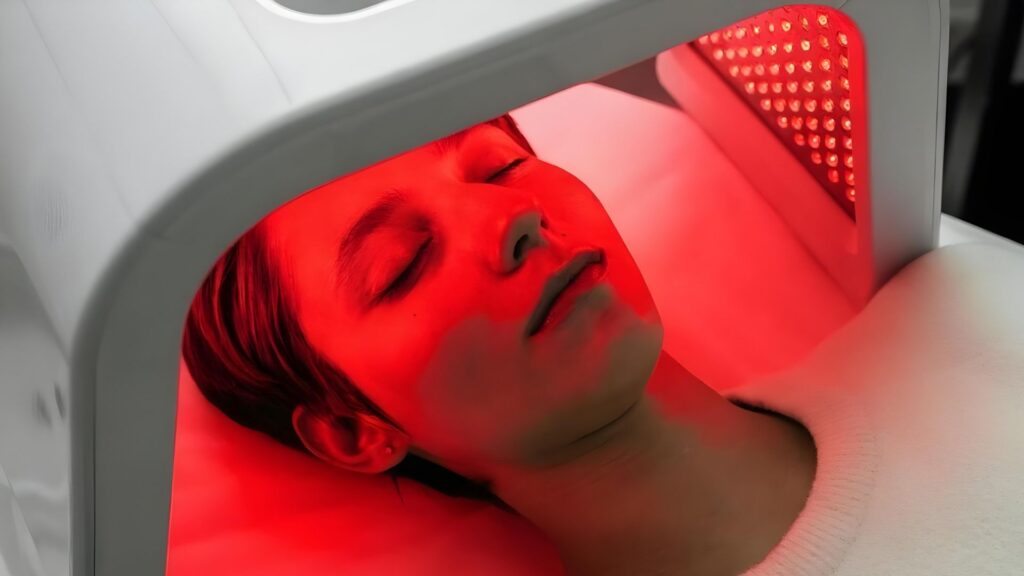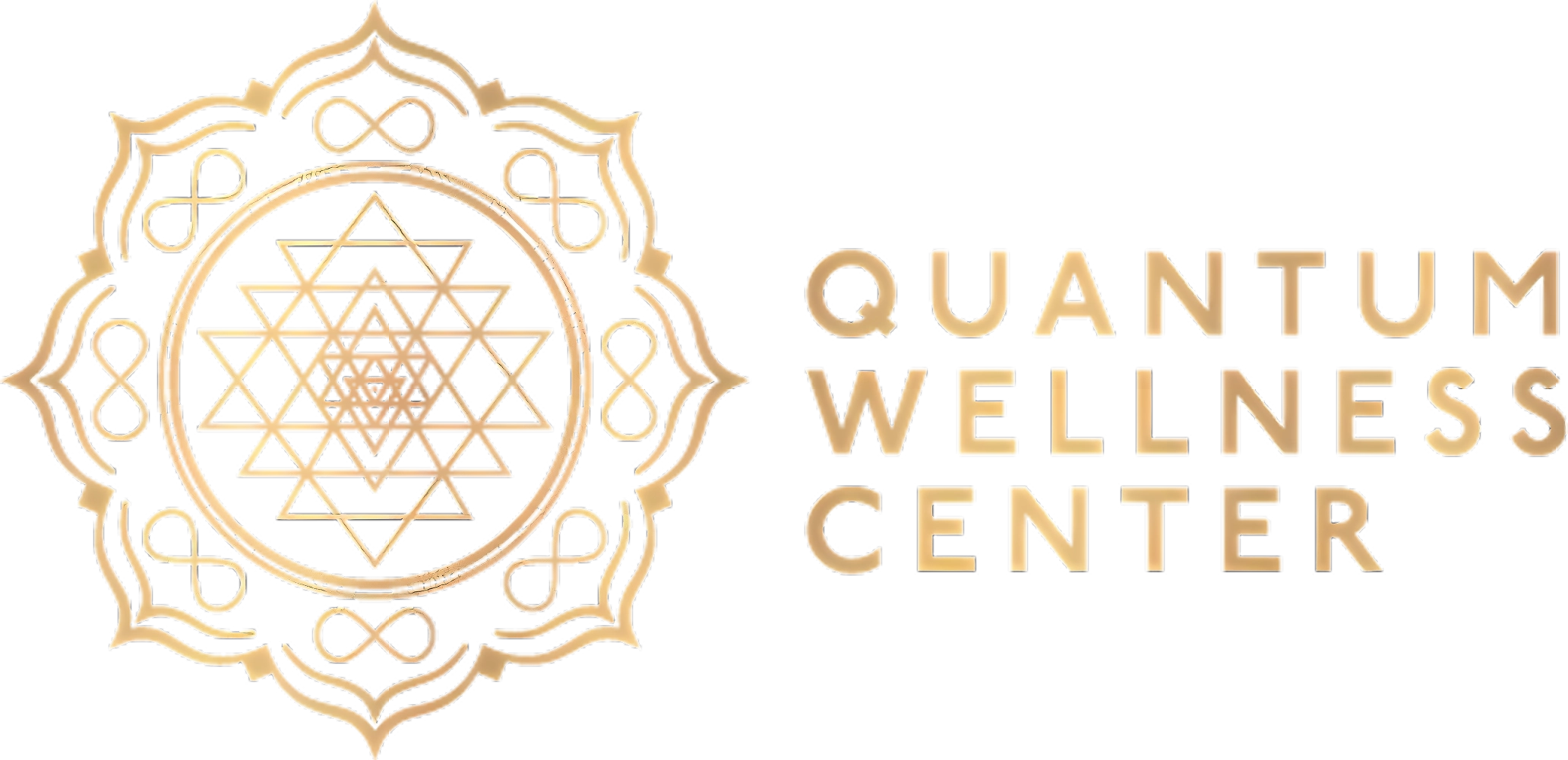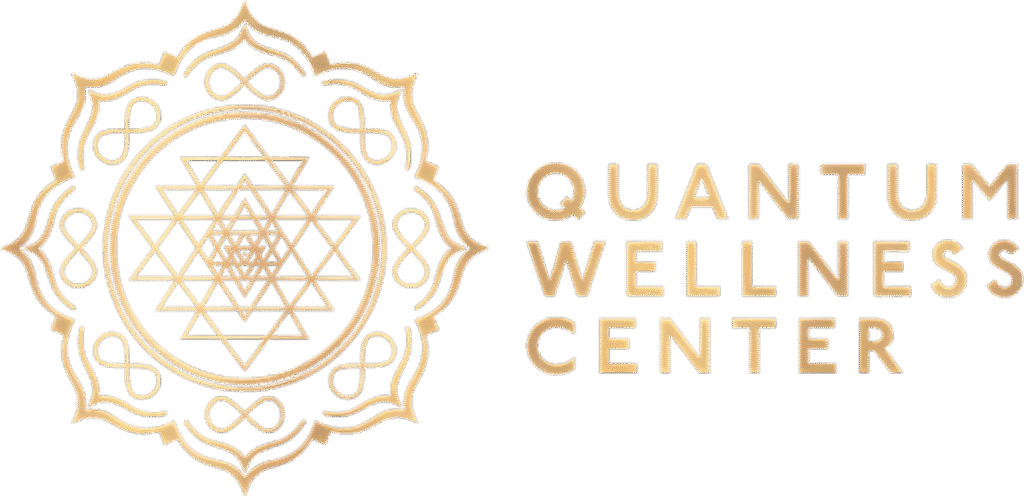Vitamin D is an essential nutrient that supports bone health, immune function, and overall well-being, yet many people worldwide don’t get enough. As interest in non-traditional health therapies continues to rise, many are questioning whether red light therapy could play a role in supporting the body’s vitamin D levels.
In this article, we’ll break down how the body actually produces vitamin D, what role UVB light plays, and whether red light therapy has any real impact. We’ll also compare red light to other proven methods for maintaining healthy vitamin D levels—and clarify what red light therapy can and can’t do when it comes to this essential nutrient.

How the Body Makes Vitamin D
Vitamin D synthesis occurs when the skin is exposed to UVB light, a specific form of ultraviolet (UV) radiation with wavelengths between 280 and 310 nanometers. This UVB exposure converts 7-dehydrocholesterol in the skin into vitamin D3, the form of vitamin D that the body uses to maintain healthy vitamin D levels.
However, it’s important to note that red light therapy does not emit UVB light and therefore does not stimulate vitamin D production in the body. While red light therapy offers many wellness benefits, increasing vitamin D levels isn’t one of them.
Natural sunlight is the best source of vitamin D for most people. Still, artificial UV light can also be used in light therapy devices designed for the treatment of vitamin D deficiency.
Red Light Therapy: What It Is and How It Works
Red light therapy involves exposing the body to specific wavelengths of light, typically in the red (600–700 nm) and near-infrared (700–1100 nm) spectrum. These wavelengths are delivered using LED light or infrared light therapy devices. The benefits of red light therapy include improved skin health, reduced inflammation, enhanced wound healing, and better circulation.
Light therapy offers a non-invasive way to support overall wellness, but the wavelengths used in red and near-infrared light therapy are very different from the UVB light necessary for vitamin D production.
Read more about what infrared therapy is and how it works.
Can Red Light Therapy Increase Vitamin D?
Despite the promising effects of red light therapy for skin and tissue health, current scientific evidence shows that red light therapy does not directly boost your vitamin D levels. The specific wavelengths of light used in red and near-infrared light therapy do not have enough energy to convert 7-dehydrocholesterol into vitamin D3.
Only UVB rays, not red or infrared light, are necessary for vitamin D synthesis in the skin. Therefore, using red light therapy devices or near-infrared light therapies will not produce vitamin D or increase serum vitamin D levels in the same way that UV exposure does.
Some claims suggest that red light therapy may help with vitamin D absorption or increase the efficiency of vitamin D production, but these ideas are not supported by robust clinical evidence. The effectiveness of red light therapy in this context remains unproven, and reputable health organizations do not recommend red light therapy for the prevention or treatment of vitamin D deficiency.
Are There Indirect Benefits?
While red light therapy does not directly produce vitamin D, it may offer indirect support for maintaining optimal vitamin D status. For example, red and near-infrared light can promote skin health and reduce inflammation, potentially making the skin more resilient to UV exposure.
This could allow individuals to spend more time in the sun without increasing the risk of sunburn, thereby supporting the body’s ability to produce vitamin D naturally. However, these are secondary benefits and should not be considered a substitute for UVB exposure or vitamin D supplementation.

What About Other Types of Light Therapy?
Only UVB light therapy, using specific wavelengths of UVB light, can directly stimulate vitamin D synthesis in the skin.
Blue light, red light, and near-infrared light therapies are effective for other conditions, such as acne, skin rejuvenation, and wound healing, but they do not help in the prevention of vitamin D deficiency. If you struggle to get enough vitamin D or have low vitamin D levels, relying on red light devices for therapy will not help your body increase production of vitamin D.
Best Ways to Increase Vitamin D Levels
For those who are vitamin D deficient or have low vitamin D levels, the most effective ways to increase vitamin D levels include:
- Safe exposure to natural sunlight (UV rays)
- Use of UVB light therapy devices under medical supervision
- Increasing intake of vitamin D from food (fatty fish, fortified products)
- Taking vitamin D supplements to meet daily requirements of vitamin D
Vitamin D supplementation is especially important for individuals who cannot get enough vitamin D from sunlight or diet alone. The recommended IU of vitamin D varies by age, health status, and other factors, so it’s best to consult a healthcare provider to determine your optimal vitamin D intake and maintain healthy vitamin D levels.
Final Thoughts from Quantum Wellness Center
Red light therapy benefits the skin and overall health, but it doesn’t boost vitamin D levels. Only UVB light can trigger vitamin D production in the body. For those who suffer from vitamin D deficiency, the most effective solutions remain sun exposure, a balanced diet, and supplements.
Whether you’re seeking to enhance your wellness routine or simply want to feel refreshed and rejuvenated, the benefits of red light therapy for skin health, circulation, and overall well-being are worth experiencing firsthand on your journey toward a healthier life. At Quantum Wellness Center in Sarasota, you can enjoy all these therapeutic effects in a luxurious, professional setting designed for your comfort and care.



